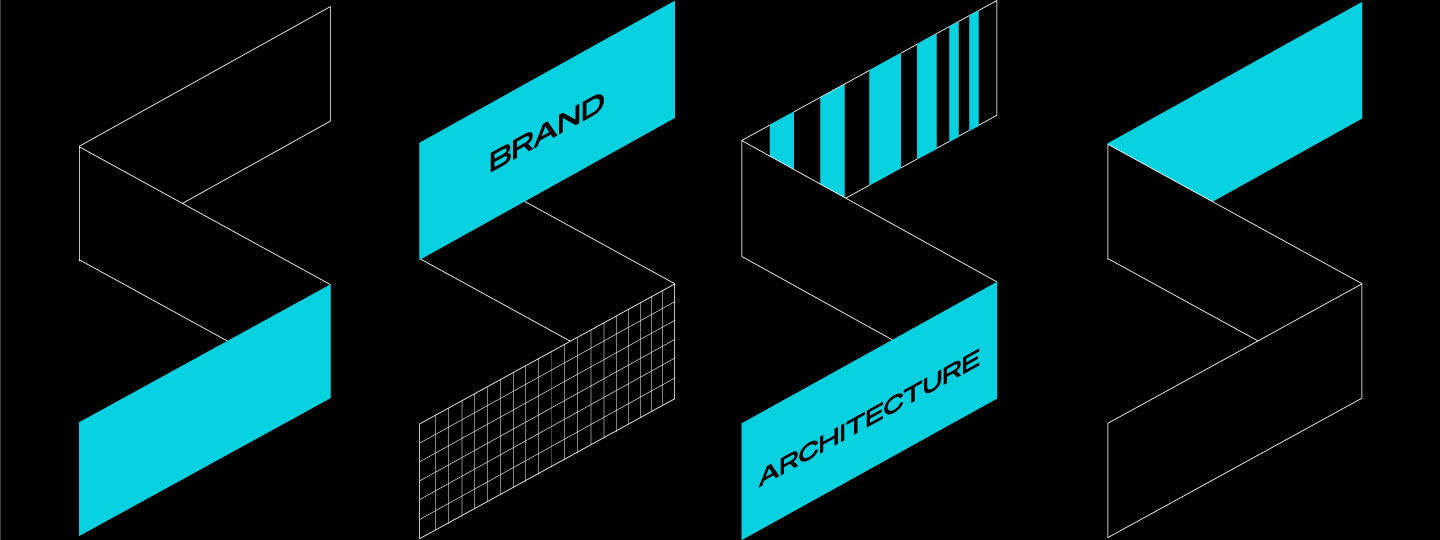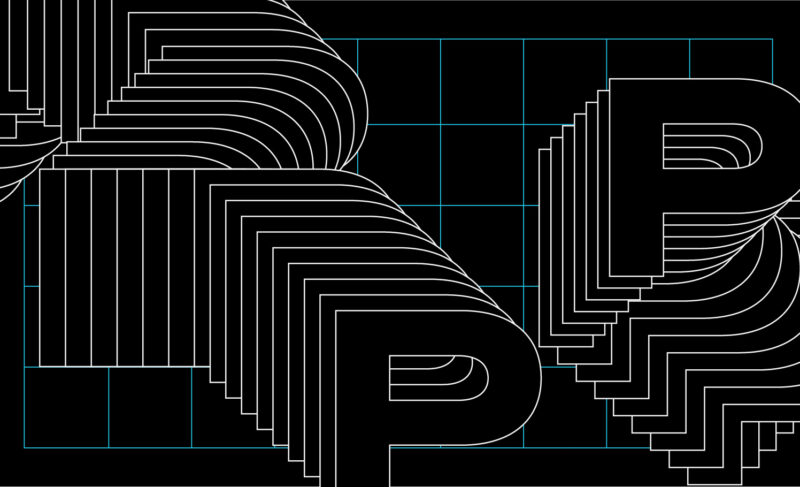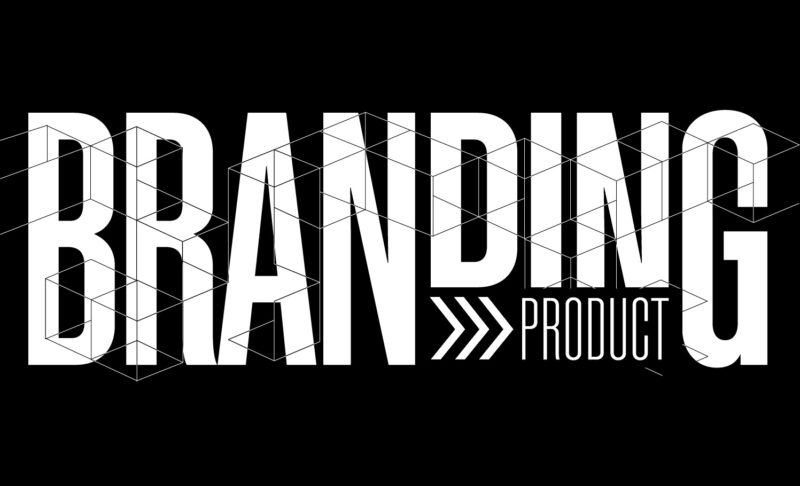Brand Architecture- Definition, Importance, And Getting Started
Related Services
Credits
Writer: Dejan Kvrgic

Brand architecture is defined as an organizational structure or an ecosystem of a company and its portfolio of brands, multiple subdivisions of the “main” brand, product lines, and services.
What often happens with businesses that have been in the “game” long enough to sprout into new branches, expand their offering, and grow through acquisitions and mergers, is that their brand slowly turns into a multi-layered, confusing – if not flat-out chaotic – mess. When something like that happens, it’s challenging to regain control of how customers perceive the brand – or remind them of the value proposition it brings to the table. That’s where brand architecture, as a roadmap for your business and a familiar beacon of trust for your customers, comes into play.
What Is Brand Architecture?
Brand architecture is defined as an organizational structure or an ecosystem of a company and its portfolio of brands, multiple subdivisions of the “main” brand, product lines, and services. The architecture of a brand essentially depicts where each new sub-brand or offering sits within your organization, what their role is, and what their relationship with each other – and the master brand – will be. It illustrates the depth and breadth of your brand – and, ultimately, it’s about managing customer perceptions. It helps others make sense of your multi-faceted organization – and it helps you navigate brand extensions, maximize brand equity, and ensure consistency in everything you do and offer.
Why Is Brand Architecture Important?
Clarity is the single most sought-after and revered concept in branding. As companies grow and their branding systems evolve to make room for and address the more complex corporate needs, it gets easy to lose sight of what branding is about – guiding customer choices and establishing lasting relationships.
One of the biggest challenges, though, is structuring and managing their portfolio of sub-brands in a way that helps consumers navigate among different sub-brands and make the right choices. The need for brand architecture often gets overlooked until the business has already grown well beyond its initial brand and expanded into other markets. That’s when most businesses realize that their brand – as it is right now – isn’t developed in a way that can support these expansions. And that’s when chaos ensues. What brand architecture does is essentially bring order back into that chaos.
With all that in mind, a well thought out, clear brand architecture comes with a pretty long list of practical benefits:
- Gaining clarity in the marketplace
- Targeting specific audience segments
- Building (and protecting) brand equity
- Boosting customer awareness
- Improving the cost-effectiveness of marketing efforts
- Creating more cross-selling opportunities
- Maintaining brand consistency
- Facilitating growth
- Creating a more inclusive company culture
How To Get Started: Types Of Brand Architecture
The first – and probably, the most important – step you need to take toward establishing a brand architecture is taking the time to understand its different iterations. So, start by going over these different types of brand architecture models and see where your business fits in:
- House of Brands – Pluralistic brand architecture, otherwise known as “house of brands,” features a collection of distinct, unrelated brands with their own brand names and logos. Creating separate brands allows each one to position itself within a defined portion of the market and reach a diverse audience.
- Branded House – Also referred to as monolithic architecture, a branded house contains a strong master brand that runs the show, with extensions or sub-brands that still feature the master brand’s name and identity alongside a specific product or service description. The idea is to have all brands under the same umbrella, capitalize on the central brand’s pre-established customer loyalty, and create a consistent experience.
- Hybrid House – A hybrid brand architecture, as the name implies, is essentially a hybrid or combination of the iterations mentioned above, where some brands remain separate – while others are linked to the master brand. Here, it’s all about flexibility and coexistence, which is often a matter of necessity, borne from acquisitions and mergers.
What Else Should You Do?
Research and strategy are the two crucial components of developing your brand architecture – and it’s imperative that you take your time with both. Start by looking at the current state of your brand awareness, loyalty, customer perceptions, and brand equity. You need to gather as much info and insights about how your audience perceives your offering, how they form their purchase decisions, and what makes the most sense for them. A brand audit, coupled with market research, is the foundation of defining a functional hierarchy. Make sure you have a firm grasp on what works for you, your customers – and the industry as a whole.
Now that you have that data in your hands, you can turn your attention to designing your brand architecture. And this is the bit that requires some tough decisions, as we’ll discuss below. You’ll have to find a structure that works for your business – while supporting your future vision – and makes it possible for all brands and offerings to exist and function together. Be realistic about your available resources and current capacity, though.
Finally, apply what you’ve learned and outline your plan for migration, making sure to define the following:
- Your overarching brand positioning strategy
- The strategic role of each brand and sub-brand
- The identity systems of each brand and their relationship with the parent brand
- The scopes of each brand
What Can Happen?
Now that we’ve gone over the three main brand architecture models, the numerous benefits this organizational structure brings to the table, and some practical tips for getting started, it’s time to discuss expectations.
What can you expect to see once you start working on establishing your brand architecture?
It’s crucial to note that creating and establishing brand architecture isn’t something that can be done overnight. It’s a long, sustained effort that, as we’ve mentioned earlier, involves research, strategy, and execution. And it will likely force you to go back to the drawing board more than once. But once you get to work and start digging deeper into the brands and product structures within your organization, you might realize that it’s time for a complete overhaul – and the process may look similar to maintaining a hedge: Sometimes, you have to trim a couple of branches to keep the rest of your system healthy and appealing. You might find that dropping a particular brand or canceling a specific product line is the best course of action for your business’ growth. And other times, you might discover that adding new sub-brands is the better course of action – one that will allow you to tap into new markets and revenue streams. Either way, be prepared to make some tough calls.
Brand Architecture Can Support Your Future Growth
Most businesses out there operate and present their offerings as a single entity. And while that kind of structure is effective in most cases, an expanding and maturing brand – usually one with a growing product lineup and a broadening audience – might find such an approach limiting. Brand architecture provides a solution and allows for next-level brand management, where each sub-brand gets tailored messaging, targeted positioning, and brand equity – independently of the parent brand. In short, implementing a robust brand architecture framework creates room for growth – without diluting your message. If you’re having a hard time observing your current branding objectively, maybe it’s time to hire a neutral third party – an agency that can help you in your efforts of consolidating your brand as an impartial observer.
Get in touch with Pastilla – or learn more about our branding services here. Let’s chat about how our team can assist you in establishing consistency across your brand.


